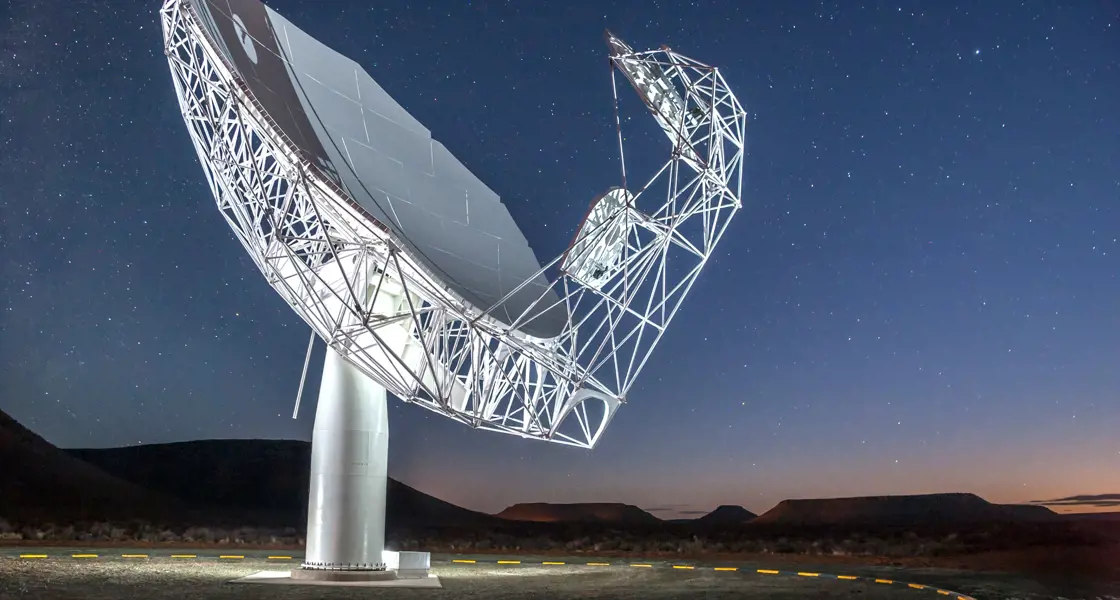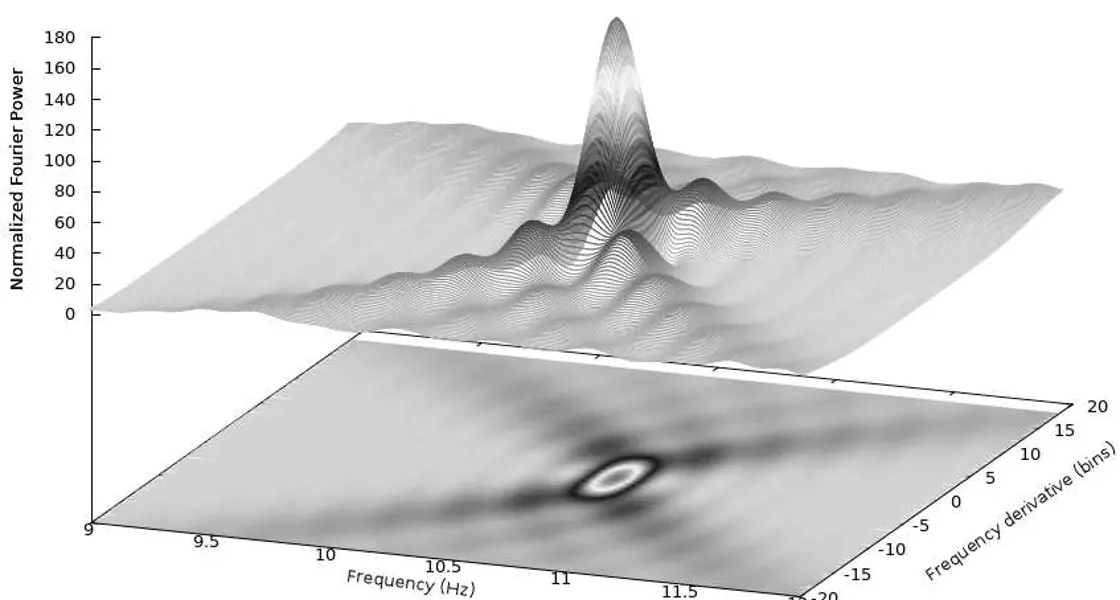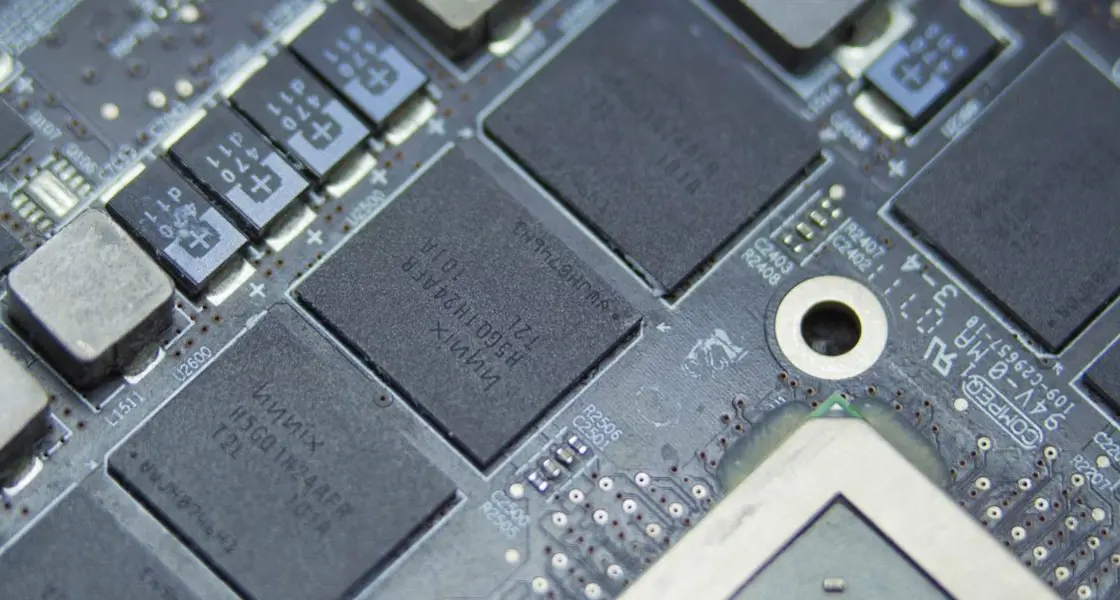Scientific Computing Group
The Scientific Computing Group is a multidisciplinary group lead by Professor Wes Armour.
Our focus is on the application of Scientific Computing and many-core parallel algorithms in a wide range of problems. The group has worked in protein crystallography, condensed matter, theoretical particle physics, radio astronomy, micro tomography, signal processing and computer science. We are committed to and strongly supports interdisciplinary research.
Strong emphasis is also put on the use of Machine learning and Neural Networks. Previous research projects included Neural Nets to generate image specific wavelets to enhance image compression as part of the JPEG2000 compression scheme, the use of neural networks to increase the accuracy of Finite Element Models (FEM) of offshore wind turbine foundations, at the AI/HPC intersection we used NN and decision trees to optimise real-time GPU codes, we have used Convolutional Auto Encoders (CAEs) to remove Radio Frequency Interference (RFI) from radio astronomy data and the use of compressed sensing techniques to enhance images generated by radio telescopes.
Our group is a long term contributor to the Square Kilometre Array (SKA) radio telescope. Previously we had contributed to the SKA by developing a prototype of the GPU accelerated real-time processing pipeline for time-domain radio astronomy data processing. We are continuing to develop new and novel algorithms and software for SKA data processing as part of Scientific Data Processor that design and develops core of the data processing software for the SKA.
The group also delivers the following many-core courses:
- An introduction to HPC and Scientific Computing
- Course on CUDA Programming on NVIDIA GPUs

Oxford e-Research Centre
The Oxford e-Research Centre acts as a hub for interdisciplinary collaborations within and outside of the University nationally and internationally. OeRC connects disciplines and provides a world-leading environment that enables collaborative research, interfacing innovative technologies across academic and commercial partnerships to address the grand challenges of today and the future.

Physics and Astronomy
Real-time data processing for pulsar searches:
- GPU implementation of Fourier domain acceleration search o Design and GPU implementation of single pulse search
- Design and GPU implementation of de-dispersion transform
- Parallel harmonic sum algorithm for pulsar searches
Image-reconstruction for SKA – SDP
Image Quality Assessment (Xiaotong Li)
AstroAccelerate- a GPU-enabled software for real-time processing of time-domain radio-astronomy data

Machine Learning
- On demand optimal parameter selection (Joschua Spiedel-Johnson)
- Image compression (Justin Ko)
- Accelerated Pulsar Discrimination Using Recurrent Neural Networks(Charles Fox)
- Error corrections for wind turbine monopiles using ANNs(Max Bowman)
- Machine learning for cloud masking (Johan Sjöberg)
- RFI removal using Convolutional Auto Encoders for SKA (Chongkai Wang)

Signal Processing
- Analysis of mixed precision convolution sensitivity using the FFT (Jack White)
- Image specific compression using neural networks. (Justin Ko)
- Harmonic sum algorithm for Pulsar Searches
- Single pulse detection
- Compressed sensing methods in Radio Astronomy (Xiaotong Li)

High Performance Computing
- JADE2
- On demand optimal parameter selection (Joschua Spiedel-Johnson)
- Energy efficiency of Fast Fourier Transform
- Fast convolutions using shared memory FFTs

